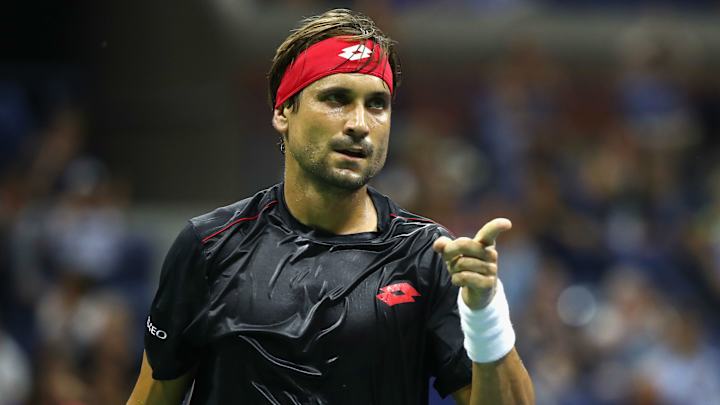Appreciating the Talent-Maximizing Career of David Ferrer

NEW YORK — The 2018 U.S. Open likely marked the final Grand Slam of David Ferrer’s remarkable career. He might not be officially calling it quits until 2019—he plans to retire at home after Barcelona or Madrid next year—but for all intents and purposes, Monday was his last night on a big stage. He faced compatriot and No. 1 seed Rafael Nadal in the first night session on Arthur Ashe, before ultimately retiring due to injury in the second set.
You’re forgiven if you missed his retirement announcement. In keeping his preferred mode of operation, it was made quietly and without much fanfare. And then promptly bumped from the news cycle.
So it goes for Ferrer. Year after year, he was lodged in the top 10, often the top five. But in this top-heavy era, his status often felt akin to being the fifth Beatle, the sixth of those burger making guys, the 89th piano key.
Ferrer is 36 now, far from the top-five neighborhood he used to inhabit regularly (he reached a career-high ranking of world No. 3 in July 2013, now he's outside the top 100). By his own admission, he is a player in decline; the most durable tires in tennis have finally worn down to the treads.
Simona Halep's First-Round Exit Clears Path for Serena Williams at U.S. Open
While the guy is still playing—still efforting, still competing—let’s take a moment to appreciate the Spaniard.
Along with more than 700-plus matches and 27 ATP titles, what else has Ferrer won? The deepest respect of his peers. The appreciation of fans all over the world. A large measure of self-satisfaction.
Here we have the latest of late bloomers, a guy who in his early 20s considered quitting tennis and joining a construction crew in his native Spain. Instead, you might say that he joined a one-man construction team, working tirelessly, to build his game, dirty himself, never putting in less than an honest day’s work.
At 5’9”, he wasn’t likely to outhit many opponents. He was never kissed by the tennis gods. But no one would do a better job maxing out their potential, wringing every possible drop from their game. Before, after and during matches, Ferrer was the model of exertion, pushing the dimensions of boundaries.
Ask young players which ATP pros they look up to and, invariably, they’ll mention Federer, Nadal, Djokovic, and Murray. But those guys are—literally—one in a billion. If players really want inspiration and someone to emulate, what about Ferrer? Here’s an athlete who simply decided to grab his lunchpail and go about his business more honestly and honorably than just about anyone else.
You could do worse than aspiring to that.
